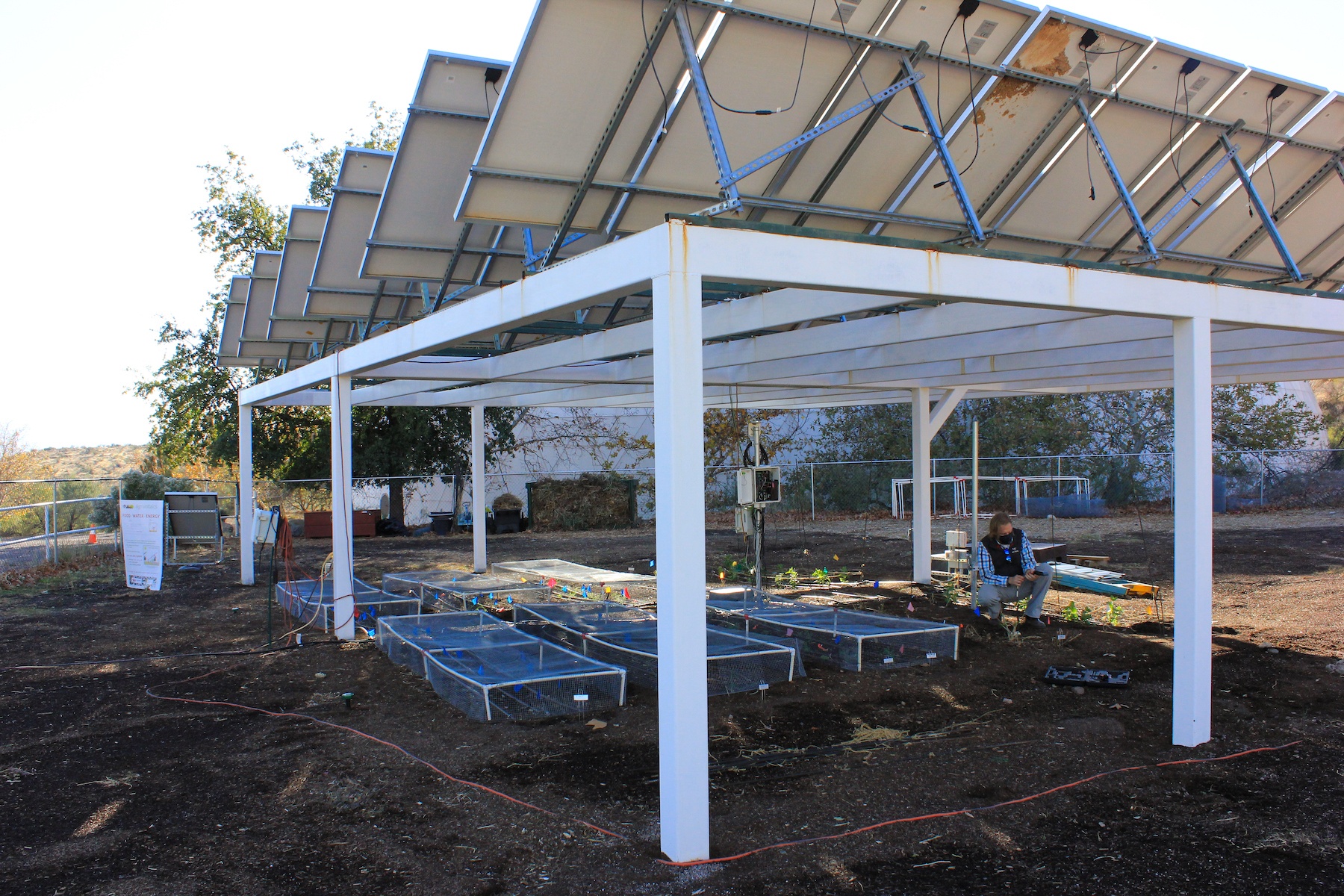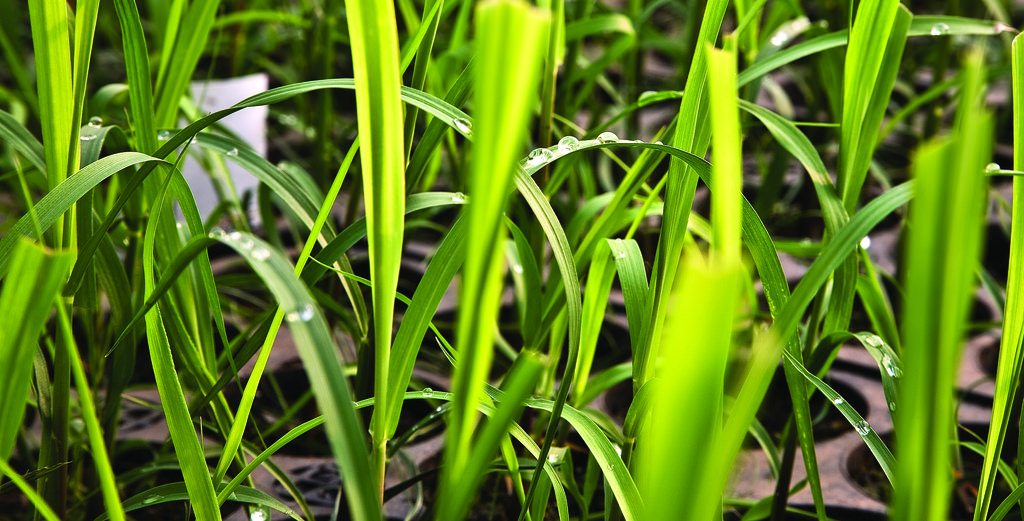Why some scientists want to change how plants convert sunlight into energy
The origins of photosynthesis—the biological process by which plants convert light into energy—are unfathomably old. Plants have relied on the process for hundreds of millions of years, but the process dates back to microbes that lived on earth roughly 2 billion years ago. As seemingly miraculous as photosynthesis is, it is also an inefficient process, writes The New Yorker. Crop plants are able to convert less than 1 percent of the light they are exposed to into usable energy. By comparison, modern photovoltaic cells are able to transform about 20 percent of the sunlight that hits them into electricity. Improving the efficiency of photosynthesis in plants could have profound impacts on agriculture, reducing the amount of water and land needed for food production in the coming century. A University of Illinois Urbana-Champaign professor is leading efforts to genetically modify plants to do just that. An experiment on changing photosynthesis by injecting new genes into tobacco plants increased yields by 20 percent a few years ago, and other experiments are under way. The project faces a number of challenges though. Not only is tinkering with photosynthesis incredibly complex, but there’s also a lot of skepticism around genetically modified plants—particularly in the African nations that funders of the project want to see benefit from the project. And we know now that previous agricultural revolutions have come with myriad unintended negative consequences … and done far less to improve global inequality than initially imagined. —Jessica Terrell



